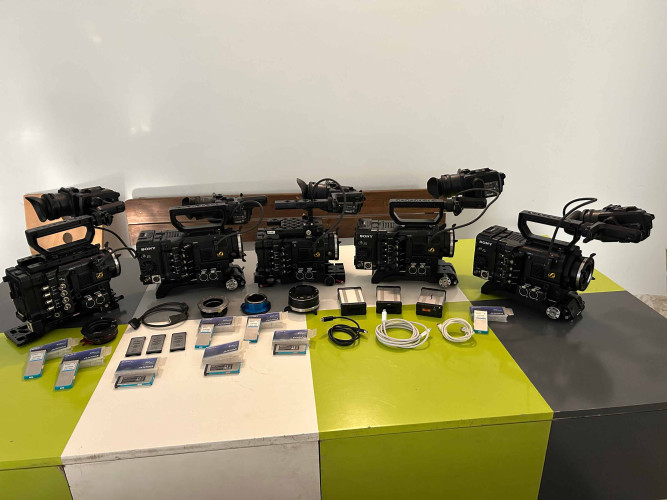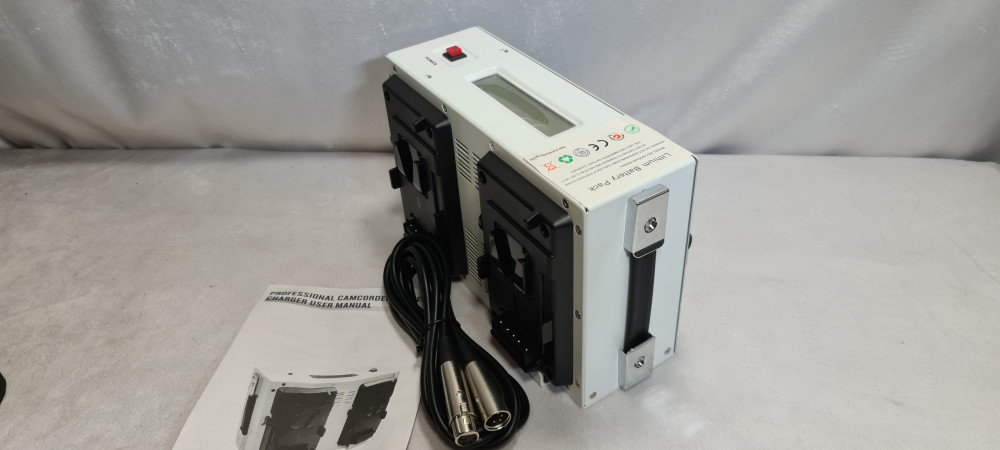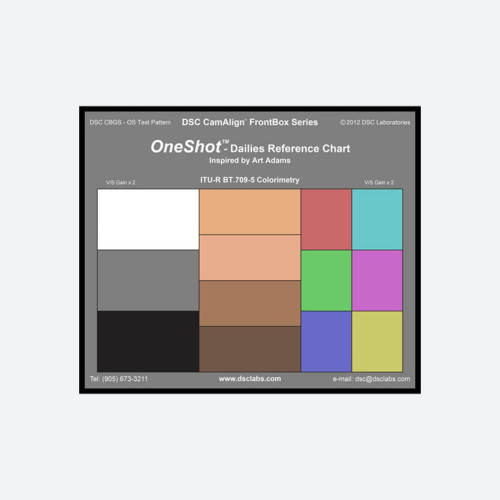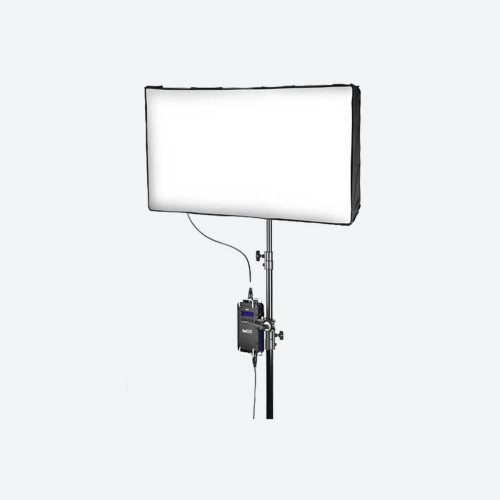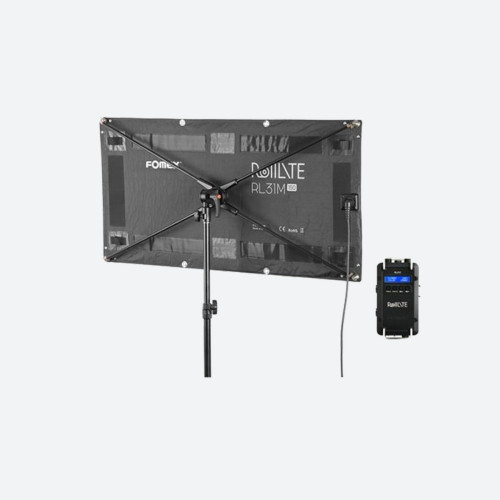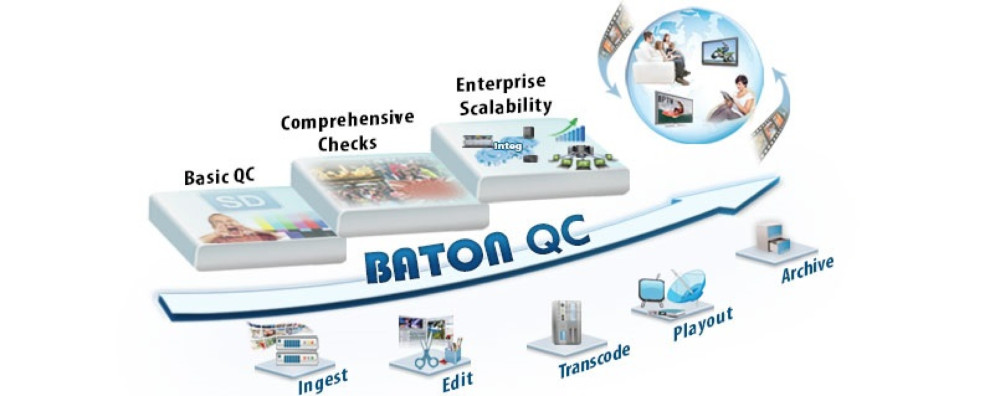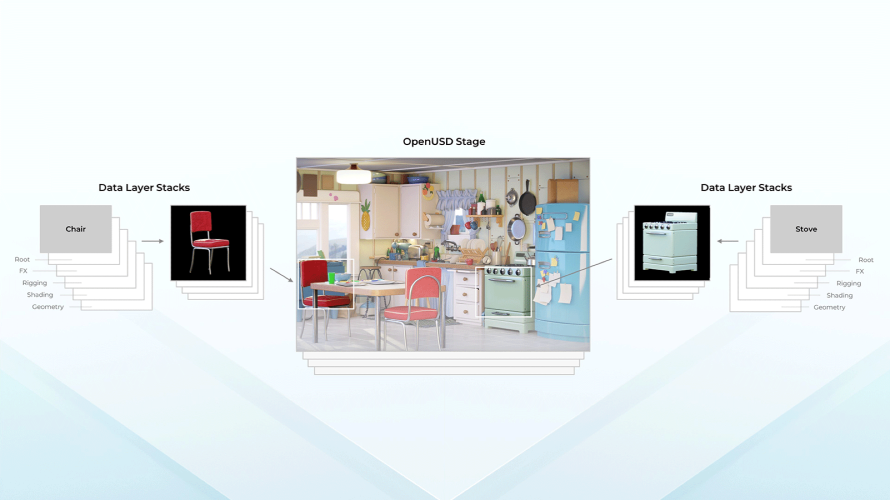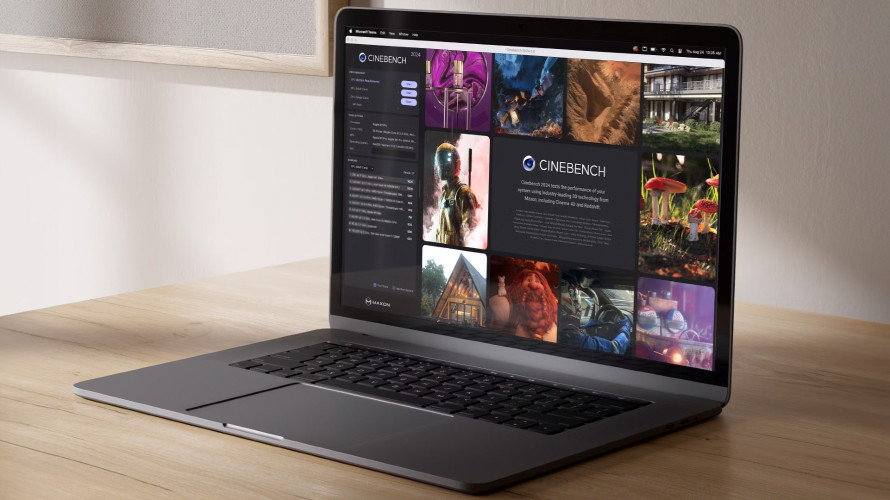It is widely said that 3D has to be done well as, if it’s not, then it actually can hurt the viewer and give 3D a bad name. Certainly there have been big efforts to make good 3D, with Sky going to great lengths to ensure they set a high standard. Unlike the old 3D celluloid films, digital 3D can be a completely stable medium; it does not degrade with repeated showings and does have the tools available to make excellent results. IBC was awash with a whole new generation of 3D kit that can make it easier and probably cheaper to produce good results. But still this all costs some money and there is a very limited supply of that as well as of experienced 3D personnel such as cameramen, stereographers and editors. And on the consumer side there are very few 3DTV sets. So 3DTV is in the familiar chicken-and-egg situation of supply and demand.
A way to break this circle is to produce a large quantity of 3D footage for relatively little money by converting existing 2D material to 3D. This has huge potential. For a start the DVD of the movie that was re-issued on Blu-ray Disc in HD can now come back to the market again in the 3D version. There are already large volumes of HD material that could be converted, and so on. But this all takes time and the TV set manufactures would like the market to grow faster than it is.
One approach, I hesitate to call it a solution, is to include a 2D-to-3D converter in the 3DTV set as, while broadcasters may well not accept the quality of the result, they are not in charge here! As already mentioned in this column, Toshiba has just launched such a set powered by a formidable Cell graphics processor to produce 3D from 2D in real time, of course. There are other sets offering 2D to 3D and I have not yet seen any but, judging by the live conversion I saw using the mighty multi-Cell Sony 3D MPE-200 ‘Processor Box’, I hold out no hope of the required ‘good 3D’ material being produced within a set. This effort to provide 3D material where there is none will backfire, the experience will be poor and stands a good chance of putting the public off the whole 3D idea as they retreat to nurse their headaches and nausea.
Another approach is to use a professional service. Philippe Gerard is a co-founder of 3Dlized (www.3dlized.com), whose work includes 3D production, animation and 2D-to-3D conversion. He says, “Unfortunately, with the big potential of the 2D-to-3D conversion market, we see several companies who try to address it with various solutions. The real-time solutions are, of course, very interesting from the marketing point of view but, unfortunately, it's not feasible to retrieve lost depth information without human interaction. So they are limited to small 3D effects and are only able to present the 3D effect behind the screen while the audience is expecting all types – both in front and behind the screen.”
The truth we all know is that there have already been many 2D-to-3D conversions. How else could there have been 3D footage of an early Star Wars movie scene on show at last year’s IBC? Good conversions are rarely, if ever, achieved in real time, but are the result of countless man-hours of expert painstaking work operating alongside powerful hi-tech assistance.
Another path is to do it yourself with programmes for under £50. Typically these try to work out how far away objects are and process accordingly to produce stereo 3D. So one person can appear in front or behind another. However they do not appear to take account of the fact that the object, or person, itself has depth. The result is a rather flat ‘cardboard cutout’ look that, once you’ve noticed it, spoils the 3D illusion and you may as well be watching the 2D original. After all we can usually work out the distances of objects in a 2D scene from various visual clues and expectations of the approximate size of familiar objects. For example, we know that noses stick out in front of faces so to see it flattened is a backward step when you are expecting 3D!
A variation of how to make 3D form footage that is not has been has made into a specialist product. The imec Virtual Camera (www.imec.be/ivc) takes live feeds from at least two cameras, not on a 3D rig, to create a new viewing angle, or even 3D. Up to 30 cameras can be can be used around a stadium. Their outputs are cunningly combined to produce live virtual shots from other angles around the field of play, or even 3D. Johan De Geyter, manager of the imec Vision Technology group explains, “For example, if you would like to have a camera image taken from the centre spot, this will be possible without having to install a real physical camera at this spot.\" That’s one I missed at IBC but would be interesting to see.
Gerard points out that, “3D has to be done seriously. At 3Dlized, we have a team trained to retrieve the depth and can correct errors in order to reduce them to a minimum. Our rendering goes a lot further than other solutions as it supports transparent and deformable objects, smoke, blur, etc. to reconstruct 3D.”
With the potential value of making 3D from existing 2D footage, there is bound to be a steady market for good conversion for many years. However it will never be as good as the real thing, otherwise why would well informed intelligent people go to so much expense to use 3D cameras, a stereo crew, 3D post, etc, if as good results could be made from 2D? That said, there are specialists out there who can make a good job of 2S to 3D. It’s not real time and will cost something but if you only have 2D source material, this is the only acceptable course to take.




